Mildly Venomous Snake
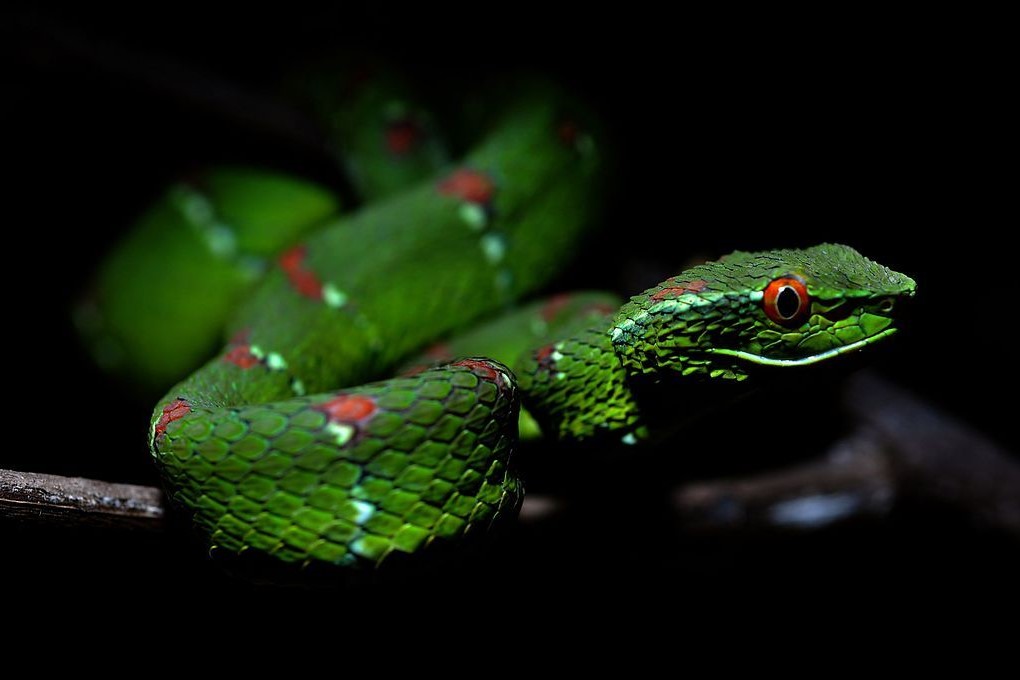
Northern Philippine Temple Pit Viper
(Tropidolaemus Subannulatus)
The Northern Philippine temple pit viper (scientifically known as Tropidolaemus subannulatus) is a venomous pit viper species native to Brunei, Indonesia, Malaysia, and the Philippines.
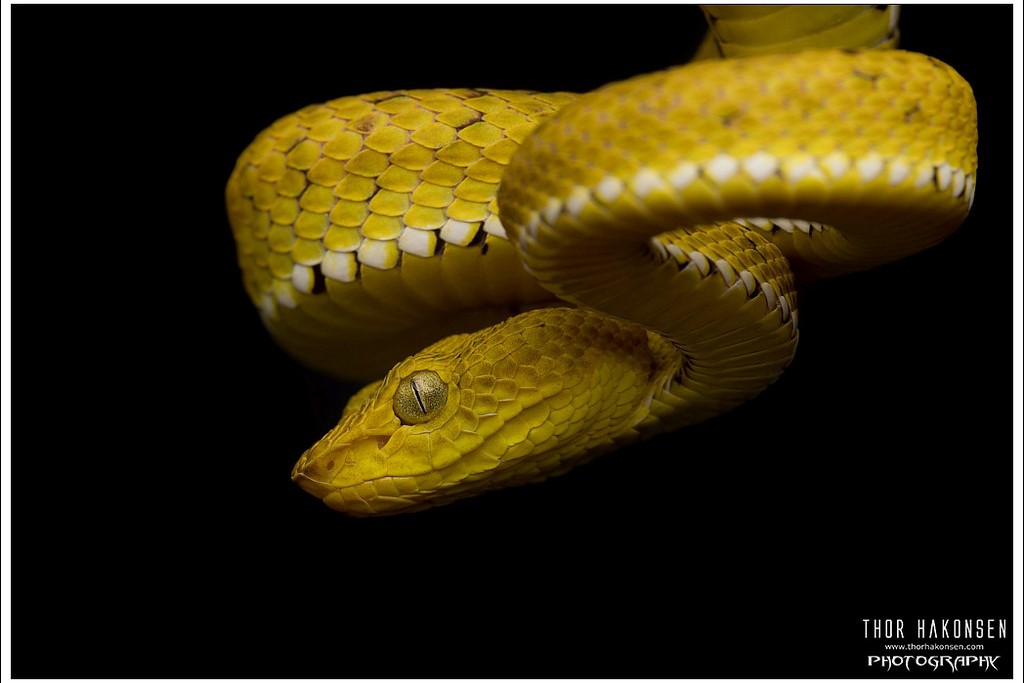
Batanes Pit Viper
(Trimeresurus Mcgregori)
The Batanes Pit Viper (Trimeresurus mcgregorii) is a venomous snake species found in the Batanes Islands of the Philippines. It has a green or brown coloration with darker markings, triangular head, and heat-sensing pits for hunting prey, typically small mammals and birds.
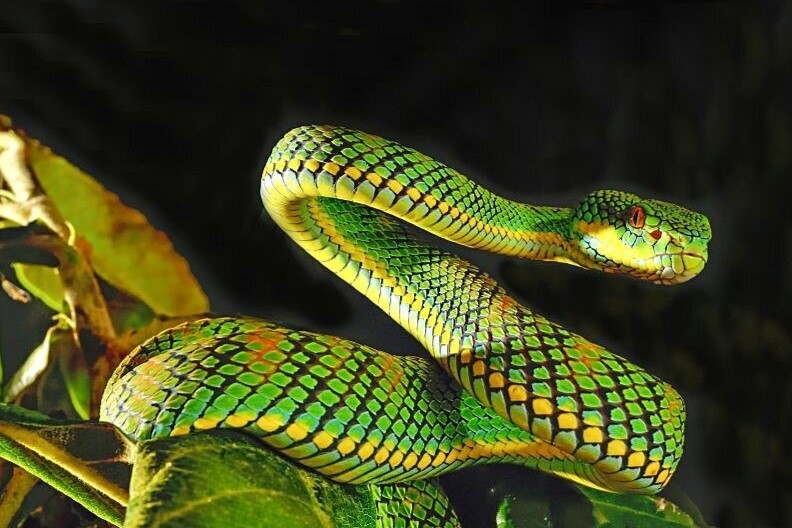
Palawan Pit Viper
(Trimeresurus Schultzei)
Is a venomous snake species endemic to the island of Palawan in the Philippines. It has a striking green or yellow-green coloration with darker markings, a triangular head, and heat-sensing pits on its face for detecting prey, which primarily consists of small mammals and birds.
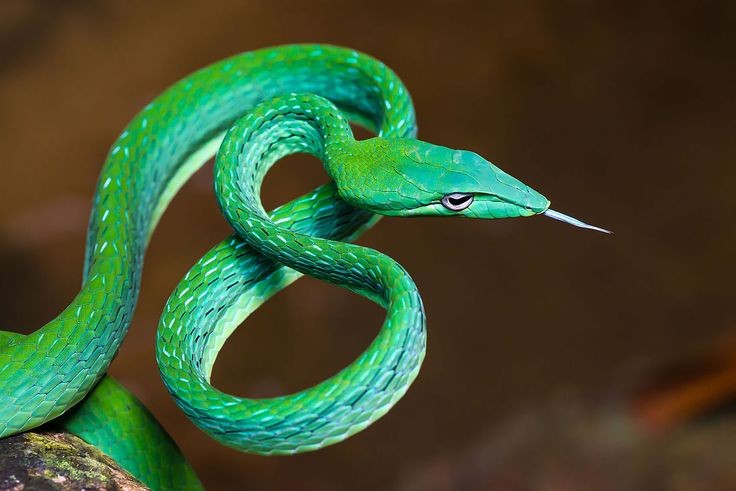
Asian Vine Snake
(Ahaetulla Prasina)
Long and thin snake found in Southeast Asia. It is green in color and lives in tress. The snake is good at hiding among the leaves. It hunts small birds and lizards by staying still and then striking quickly. It is a fascinating snake that has adapted well to living in tress.
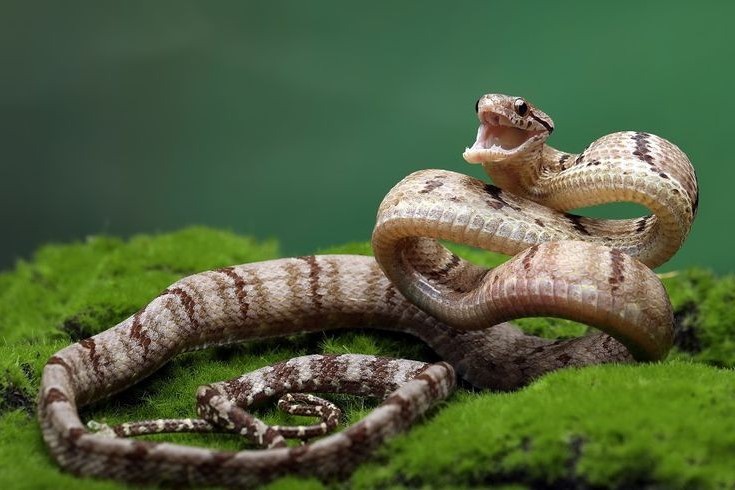
Dog-toothed Cat Snake
(Bioga Cynodon)
This sanke can grow to over 2 metters long and has enlarged front teeth in both the upper and lower jaws. its body is slim and flattened from the sides, with tan color on the back and reddish-brown or dark brown crossbands. The head has a dark streak bihind each eye.
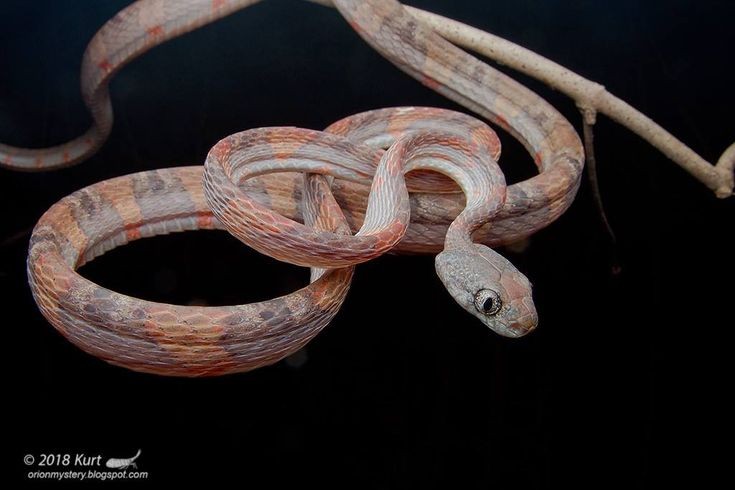
White Spoted Cat Snake
(Boiga Drapiezii)
Bioga drapiezii, commonly known as Drapiez's cat snake and the white -spotted cat snake, is a species of long and slender rear-fanged snake in the family Colubridae. The species is native to Maritime Southeast Asia and is common throughout its range.
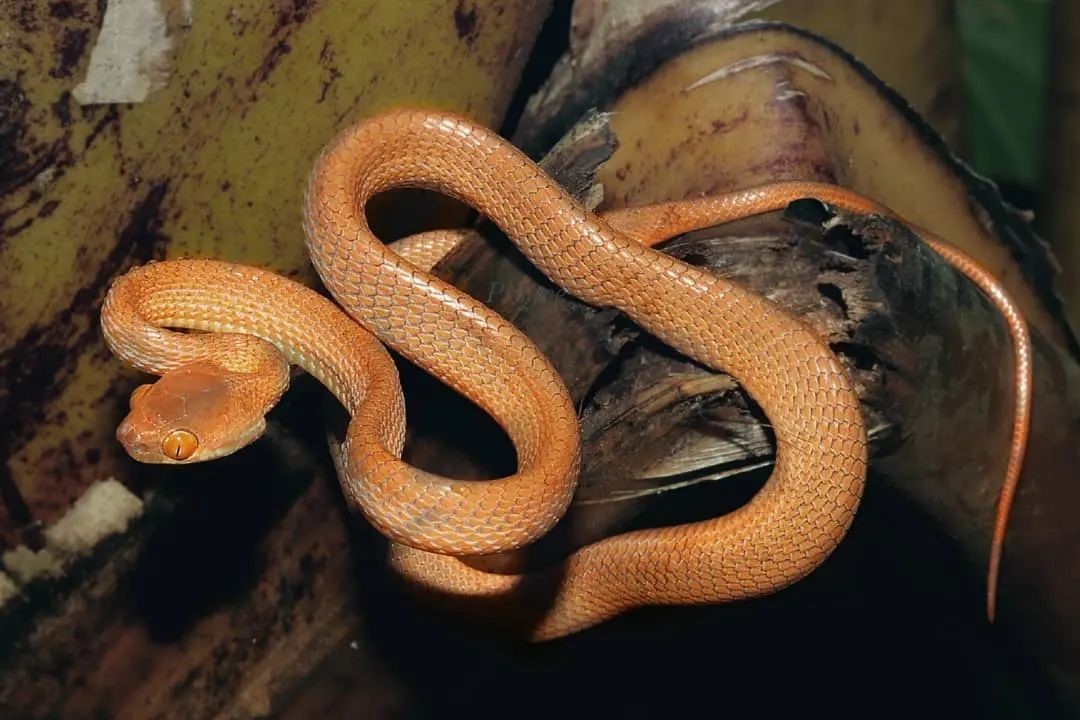
Tawny Cat Eyed Snake
(Bioga Philippina)
Bioga Philippina is endemic to the Philippines. It is found in Luzon Camiguin Norte, Babuyan Claro, and Dalupiri.
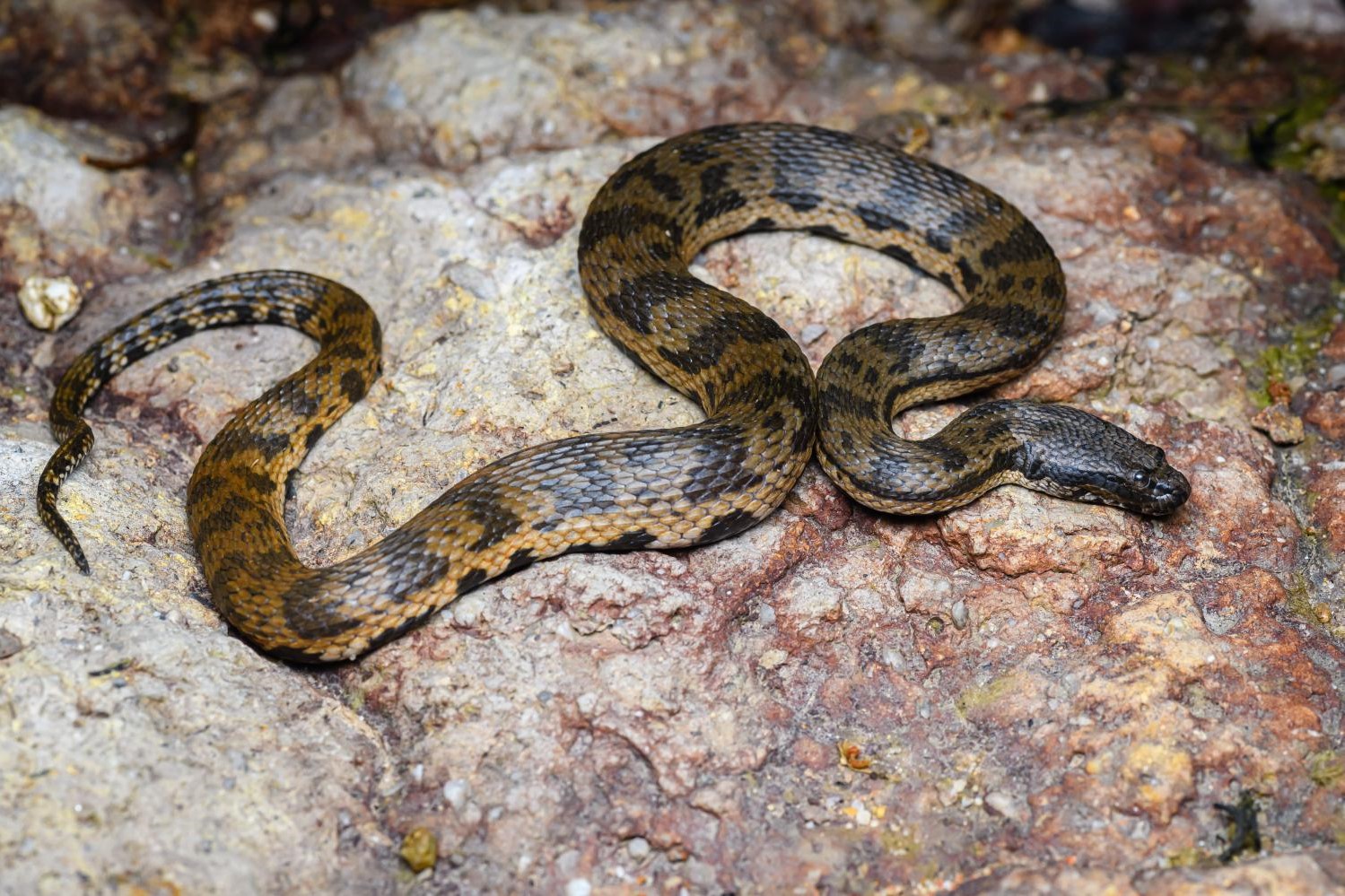
Dog-faced Water Snake
(Cerberus Rynchops)
Cerbus Rynchops, also known as the New Guinea bockadam, South Asian bockadam or dog-faced water snake. It is native to coastal waters of South and Southeast Asia.

Paradise Flying Snake
(Chrysopelea Paradisi)
Paradise tree snake, is a visually striking species native to the forest. With its vibrant green and yellow scales, this arboreal snake is well-known unique ability to glide through the air, using its flattened body to catch the wind and travel between trees.
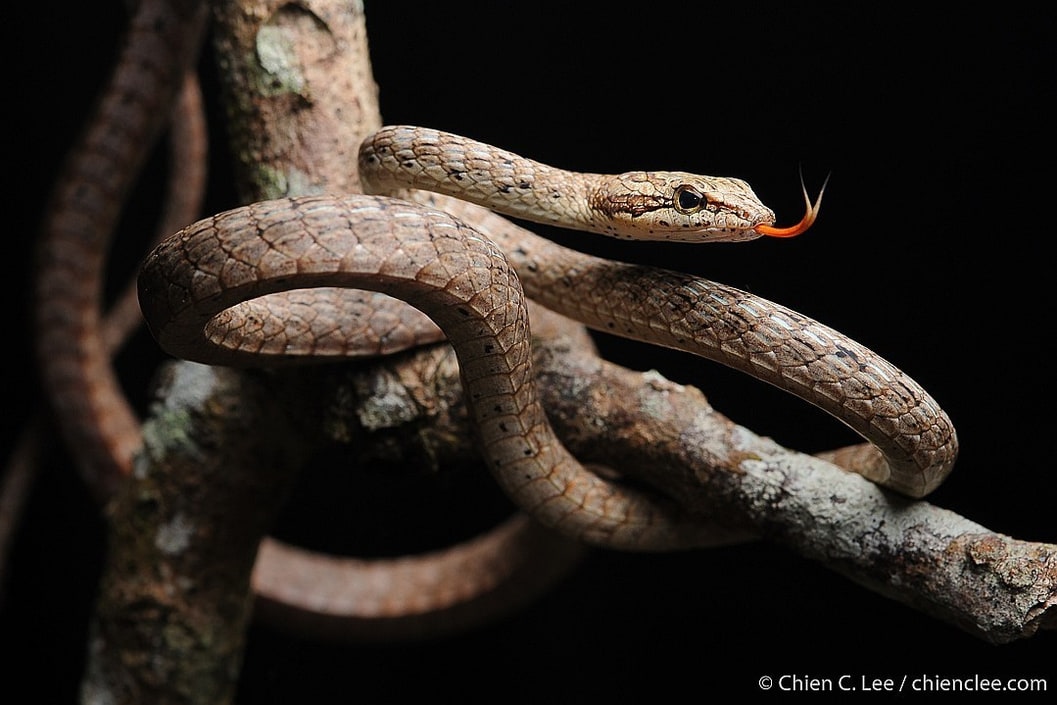
Philippine Whip Snake
(Dryophiops Philippina)
Dryophiops Philippina, also known as the keel-bellied whipsnake or Philippine whipsnake, a species of rear-fanged colubrid snake that is endemic to the Philippines.
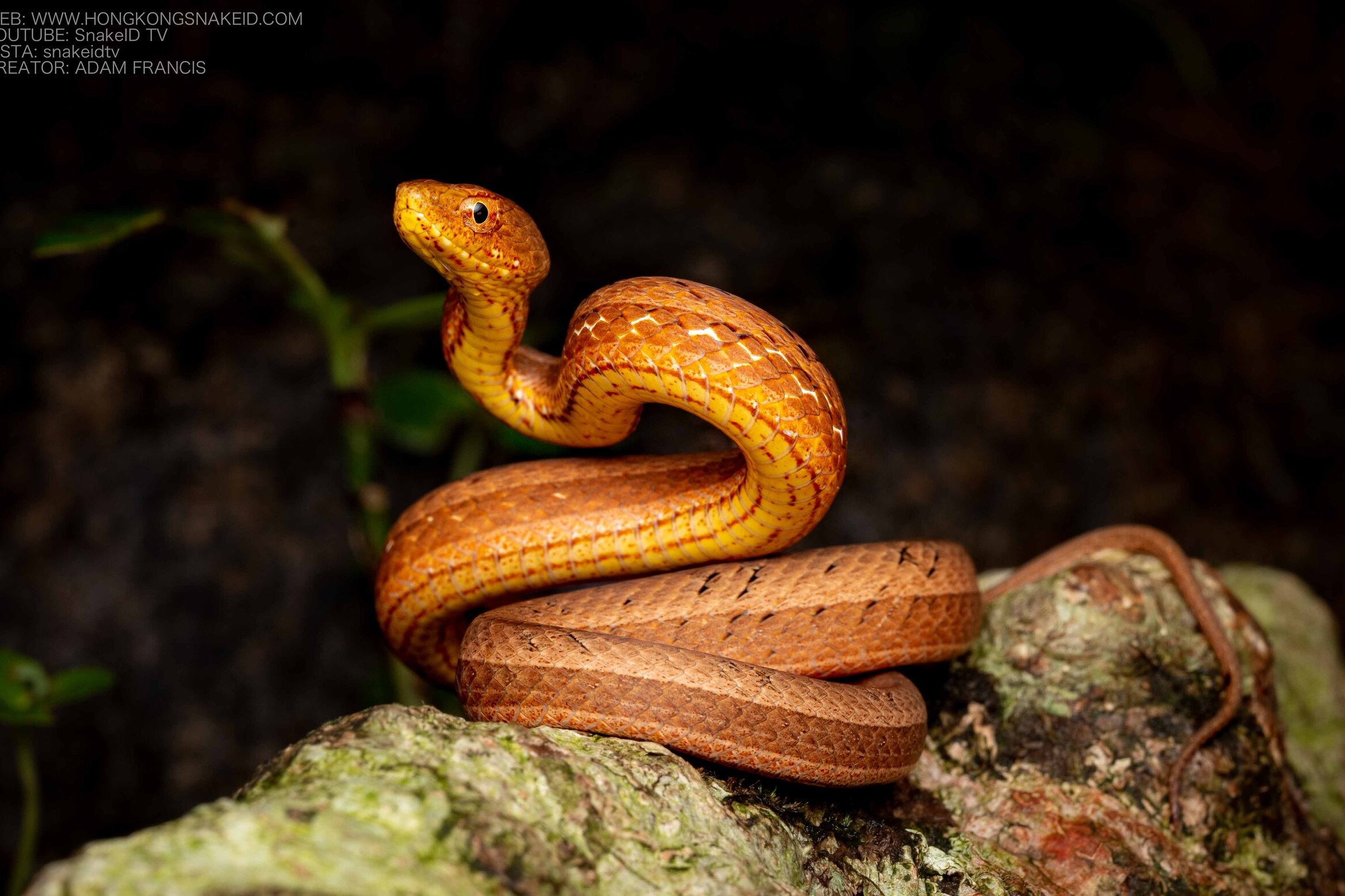
Common Mock Viper
(Psammodynastes Pulverulentus)
Mock viper is a small snake (total length up to 65 cm (26 in), less in males), but it will form defensive coils and stike in viper-like fashion when threatened.
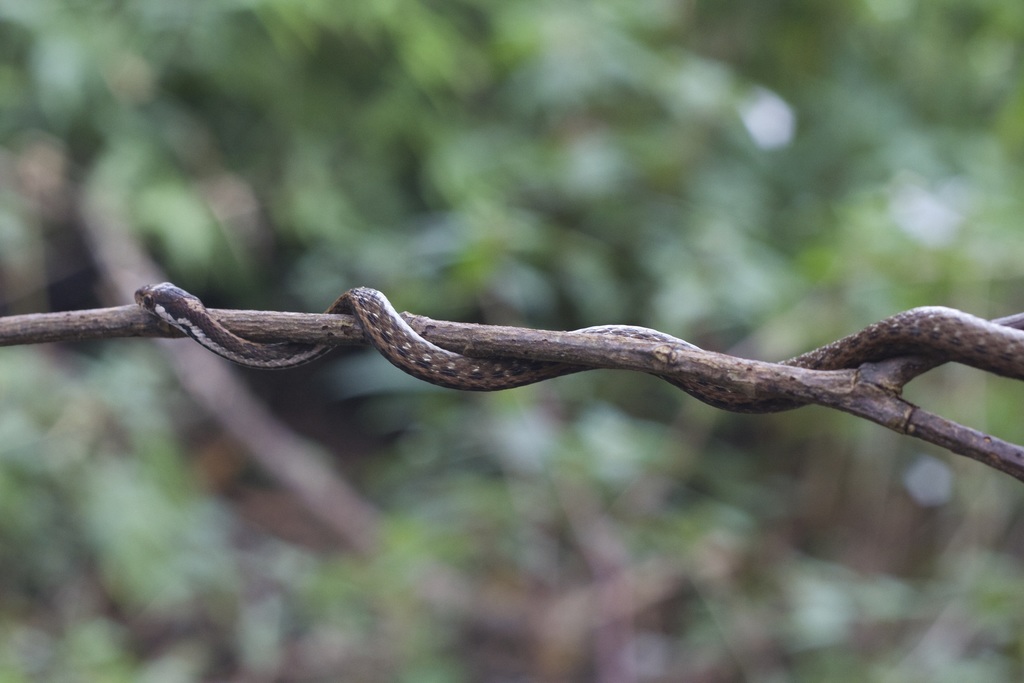
White-lined Water Snake
(Rhabdophis Auriculatus)
This species can be found int he Philippines. This species habitat are wetlands and forest.
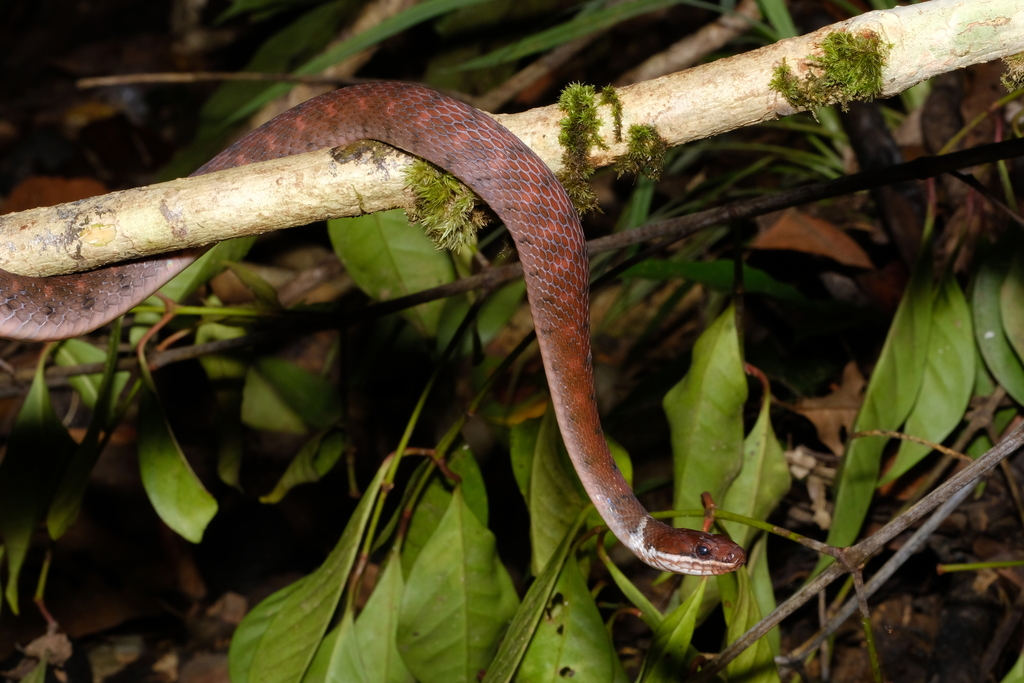
Zigzag-lined Water Snake
(Rhabdophis Lineatus)
Rhabdophis lineatus, commonly known as the Zigzag-lined snake characterized by its distinctive pattern of zigzag markings along its body.

Northern Water Snake
(Tropidonophis Spilogaster)
This snake species is recognized for its unique physical characteristics, including a keeled belly and a streamlined body, which allows it to efficiently native through aquatic environments.
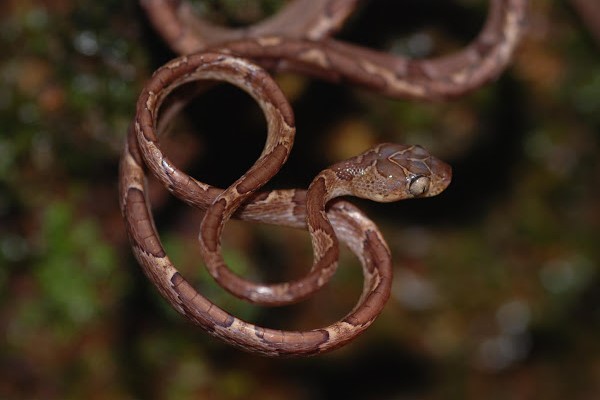
Philippine Blunt-headed Cat Snake
(Biogga Angulata)
This species is endemic to the Philippines. It is considered venomous. This snake feeds on birds and eggs as well as flying lizards and geckoes.